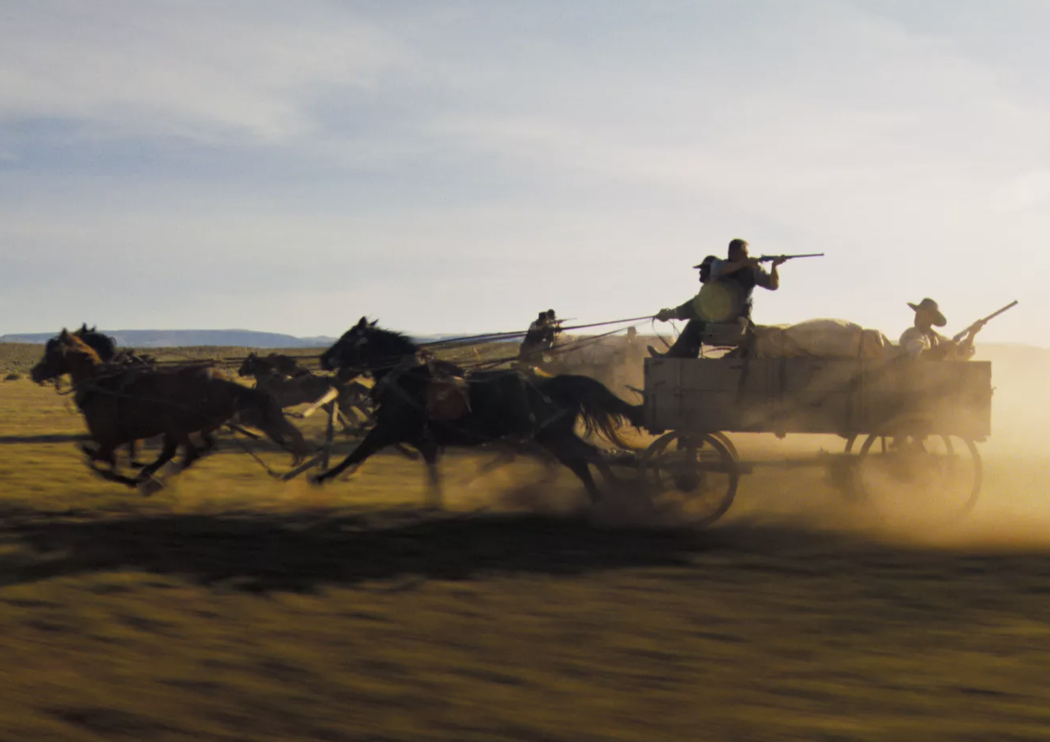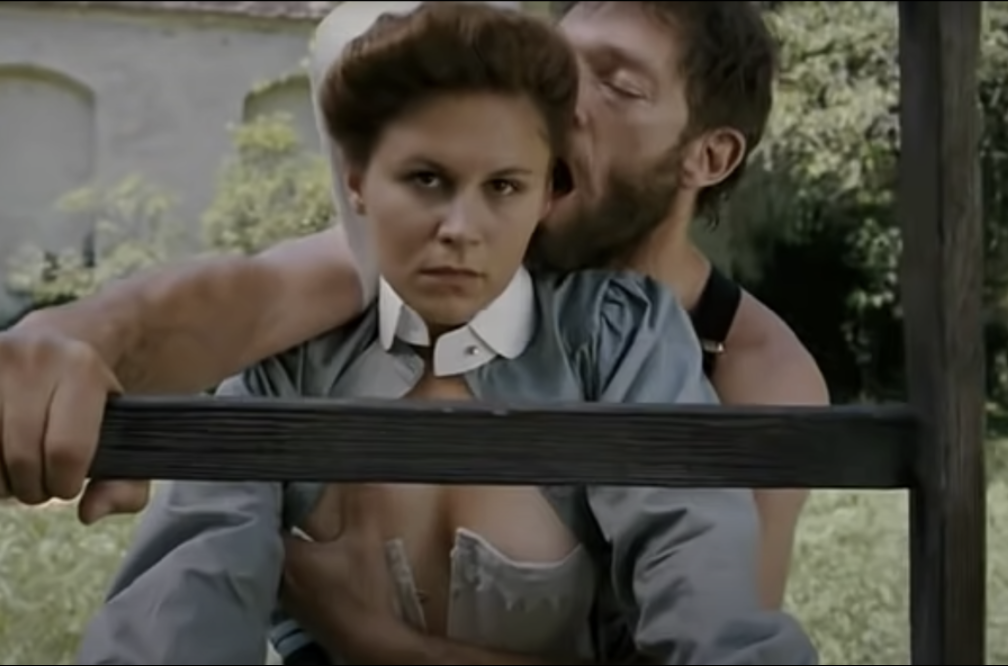Take five minutes and read Lea Shafer‘s Amazon.com review of David Mitchell‘s “Cloud Atlas,” which will be co-directed by Andy and Lana Wachowski and Tom Tykwer for Warner Bros, with Tom Hanks playing one of the lead roles.
The book tells six stories about six connected characters in different places and eras, so obviously the Wachowskis and Tykwer are going to divvy them up. Will they go 3 for each or 4 for the Wachowskis and 2 for Tykwer? But consider the entire package and tell me this movie isn’t going to be one fascinating six-legged grizzly bear of a movie.
“‘Cloud Atlas’ has aspects of the dystopian future scenarios that I so loved in The ‘Handmaid’s Tale’, ‘Dune’ and ‘The Sparrow’ coupled with recent past and long-past stories,” Shafer writes. “It addresses basic questions of where we are going as a species, following one soul reincarnated through six lives. That soul is on a trajectory that traces the basic human desire for domination, the often-myopic thinking of the powerful, and the fate of the powerless. It is on a grand scale, beautifully told, and quite enthralling.
“The structure is what had me hooked to start — it is a mirror of itself. Rough breakdown: The first and twelfth chapters are ‘The Pacific Journal of Adam Ewing,’ a story of subterfuge, gullibility, and poison on a ship bound from the South Seas to London.
“Second and tenth chapters are epistolary, taking place in 1939 through the correspondence of Frobisher — a bit of a cad and scammer — to his friend Sixsmith. Frobisher is a brilliant musician but the family shame, in the process of writing his great masterpiece while apprenticing under a syphilitic genius composer.
“Third and ninth chapters follow the efforts of investigative journalist Luisa Rey to uncover serious evil at a soon-to-be opened nuclear facility in the mid-70s. One of her primary sources in the mystery is Sixsmith, Frobisher’s correspondent from the last chapter, but now 35 years older.
“Fourth and eighth chapters are the disturbing and frequently funny tales of Timothy Cavendish, a bumbling, arrogant, failure of a publisher in London during roughly our current times, maybe a little later.
“Fifth and seventh chapter are my favorites — here Mitchell hits the sci-fi, dystopian future part with full gusto. Sonmi-451 is a human clone of sorts, grown in a womb tank (like all ‘fabricants,’ as they are called) and born into service to Papa Song Company. The world as we read about it is governed and shaped around corporate structures and the economy is based on the slave labor of these fabricants.
“This chapter is her testimony about her ascension from fabricant to full human thinking and feeling. She observes the world outside Papa Song restaurant and ventures into the broader culture (a scary place, indeed).
“I don’t do these chapters justice. Sonmi~451 weaves a wonderful tale about this future world, using neologisms and appropriated words that make perfect sense based on how we are using language now. The links and connections to life in the 21st century make it compelling.
“The peak chapter, ‘Sloosha’s Crossin’ an’ Ev’rythin’ After,” describes a fallen world, one that has collapsed in on itself leaving the vast majority of humans in a new Dark Age where violence and predatory actions are the way of those who want to live very long. The strong dominate and destroy the weak. The protagonist, a goat herder, refers to the ‘civ’lized days before the fall when people was ler’nd.’ It’s written in this dialect and he tells a hard-wrought tale of lawless times.
“But it’s all believable. Mitchell never stretches his story in any part of the book beyond what we can imagine. He begins with a tale of dishonesty in the 1800s and spins it into the future, following some of our baser instincts to their logical, if stunning and frightening, conclusion.
“This book is complicated and ambitious–it’s a little over 500 pages of teeny, tiny print and plot lines that crisscross over chapters, lives, and hundreds, maybe thousands, of years.
“The reincarnation theme is only hinted at in the vaguest of terms. It’s not even a central part of the book, but it does weave the narrative thread from character to character. I can’t begin to fathom how many Post-it notes and spreadsheets it took Mitchell to keep track of all this.
“‘Cloud Atlas’ was the most thought-provoking novel I’ve read in years and I found myself meditating on the lives of the characters long after I’d put it down and moved onto something else. [An] extraordinary work.”













